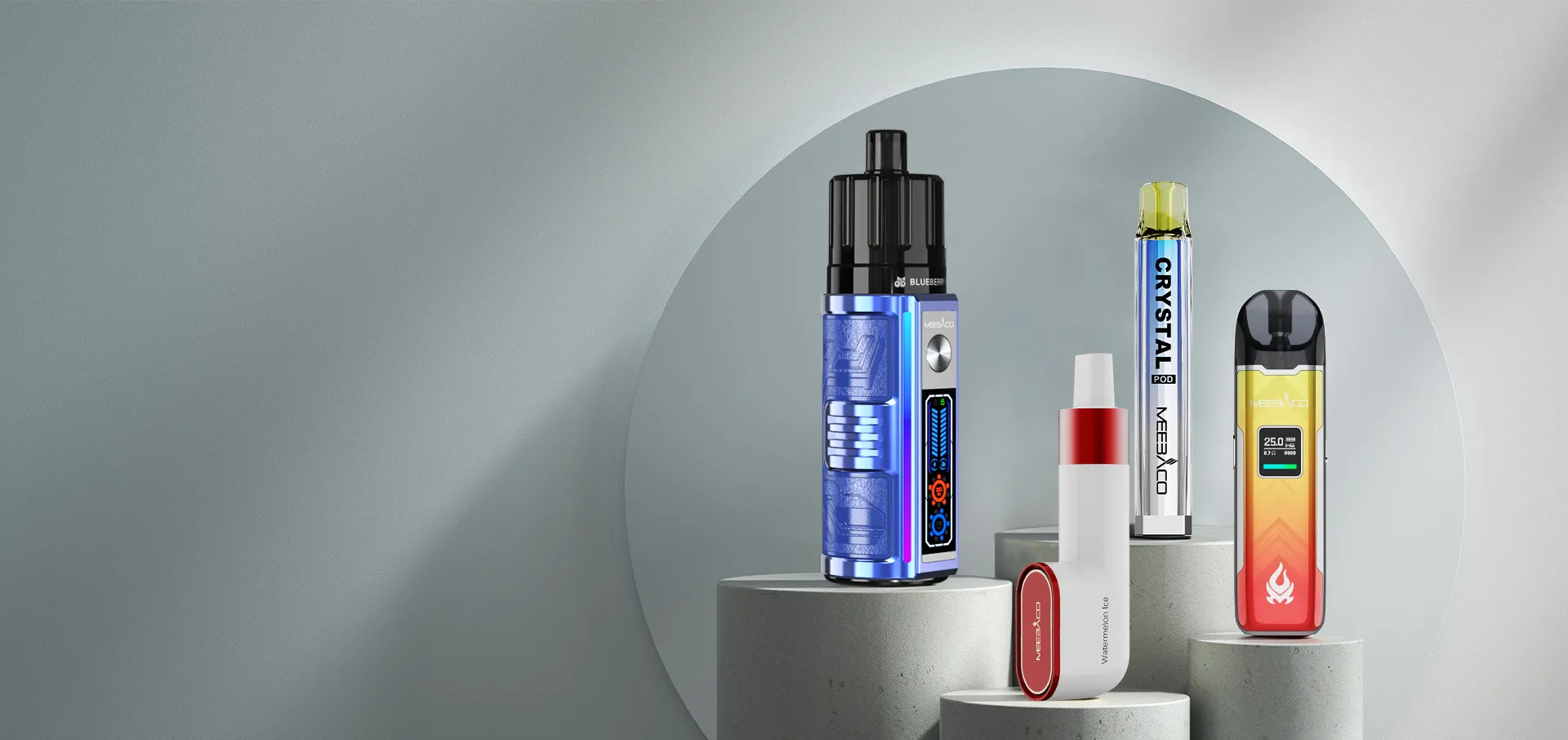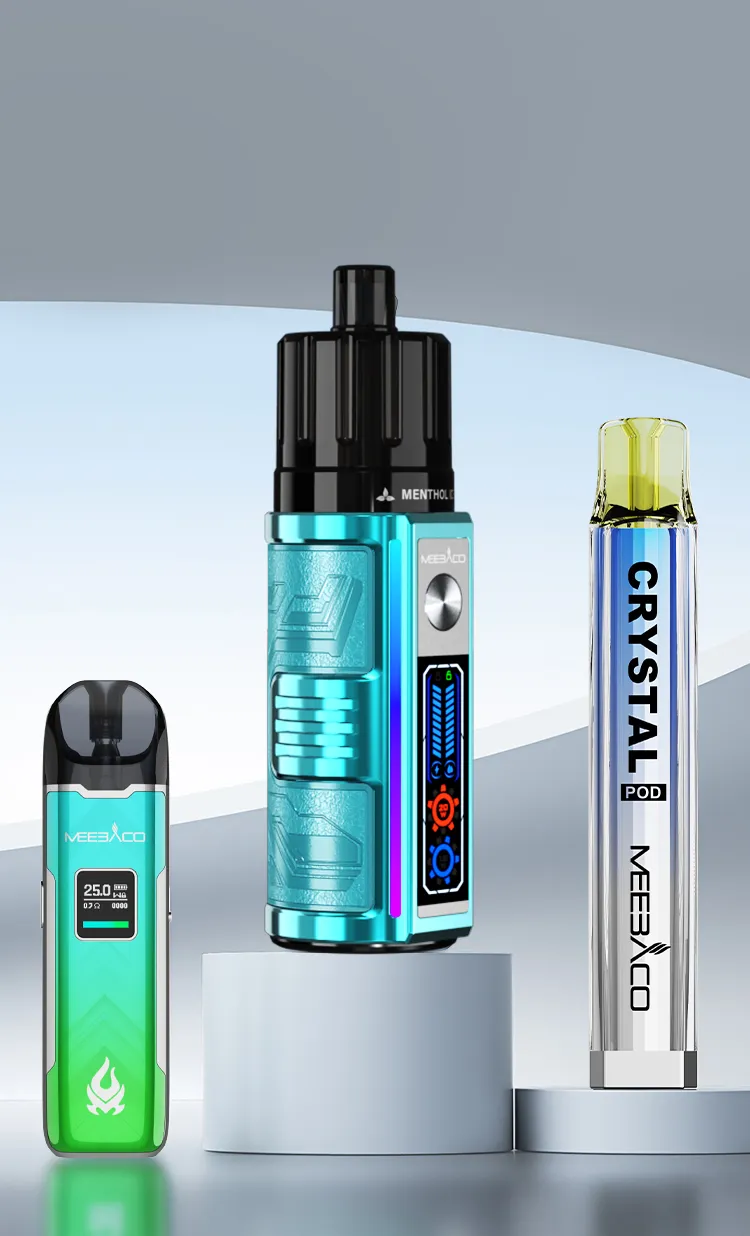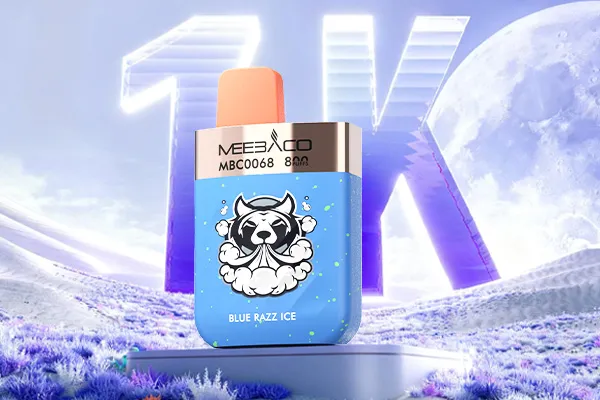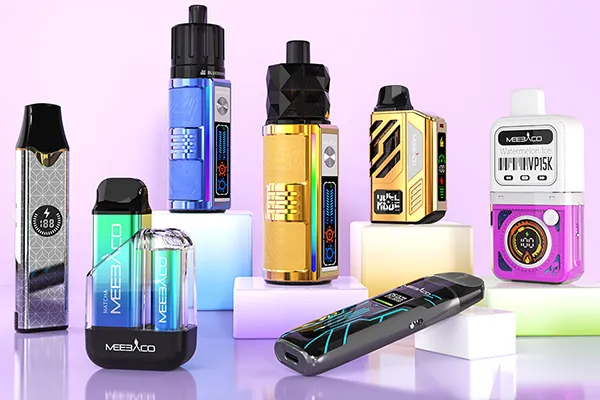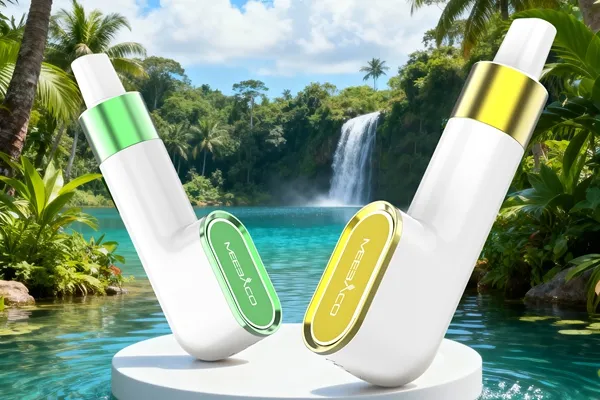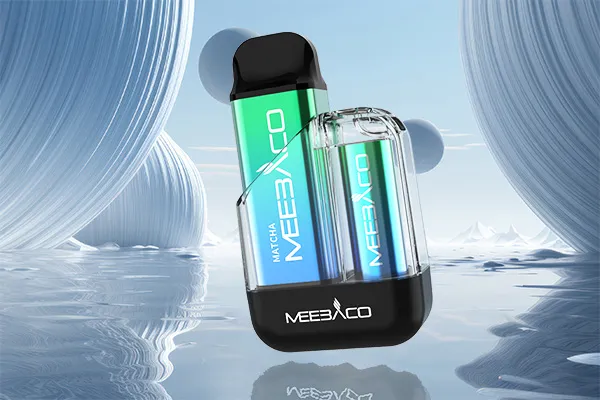You can master the latest information, new product , exhibition, promotion, etc
Walk into any vape shop or browse an online vape store, and you’ll be overwhelmed by the endless array of e-cigarette flavors—from juicy mango and cool mint to rich vanilla and bold tobacco. But have you ever wondered what makes these flavors so distinct? Behind every satisfying puff lies two key components: e-liquid flavors and nicotine salts. These elements don’t just determine the taste; they directly shape your entire vaping experience, from the "throat hit" (the sensation when vapor hits your throat) to how quickly you feel nicotine satisfaction. In this guide, we’ll pull back the curtain on these hidden "secrets" and explain how they work together to create your favorite vaping moments.
Part 1: E-Liquid Flavors (The "Taste Makers")
E-liquid flavors is the backbone of any e-cigarette’s flavor. It’s a blend of compounds that mimic natural or create unique tastes, and its quality, type, and concentration all play a role in how you perceive flavor.
1.1 Types of E-Liquid Flavors: Natural vs. Artificial
Vape brands use two main types of flavorings to craft their products:
Natural Flavors: Derived from real plants, fruits, or herbs (e.g., extracting oils from fresh strawberries or mint leaves). These flavors are often praised for their "authenticity"—think the bright, tangy kick of a ripe lemon or the earthy warmth of real tobacco. They tend to be milder and more nuanced, making them a top choice for vapers who prefer a "close-to-nature" taste.
Artificial Flavors: Created in labs using synthetic compounds that replicate specific tastes (e.g., a "blue raspberry" flavor that doesn’t exist in nature, or a amplified "cola" taste). Artificial flavors are more versatile—they can create bold, intense, or even whimsical flavors (like "cotton candy" or "soda pop") that natural extracts can’t match. They also tend to be more stable, meaning the flavor stays consistent over time.
1.2 How Flavor Concentration Impacts Vaping Feel
The amount of flavoring in e-liquid (measured as a percentage) directly affects your experience:
Low Concentration (5-10%): Produces a subtle, smooth taste. This is ideal for vapers who don’t like overpowering flavors or prefer to focus on the nicotine sensation (e.g., tobacco or menthol lovers who want a mild base).
Medium Concentration (10-20%): Balances flavor and smoothness. Most popular flavors (like fruit or dessert blends) fall here—they’re noticeable but not overwhelming, making them suitable for all-day vaping.
High Concentration (20%+): Delivers a strong, intense flavor. These are for vapers who crave bold tastes (e.g., a "double mint" or "extra sweet mango"). However, high concentrations can sometimes cause a "chemical aftertaste" or irritate the throat if the flavoring is low-quality.
1.3 Common Flavor Families and Their Sensory Effects
Different flavor families trigger unique sensory responses:
Fruit Flavors: Bright, sweet, or tangy (e.g., strawberry, pineapple). They create a "refreshing" feel, often paired with a cool menthol boost to enhance the crispness.
Menthol/Cool Flavors: Provide a "cooling" sensation in the throat and mouth. This is popular for vapers who want a substitute for traditional menthol cigarettes—it soothes the throat and leaves a fresh aftertaste.
Dessert Flavors: Rich, creamy, or sweet (e.g., vanilla custard, chocolate cake). They mimic the comfort of desserts, creating a "indulgent" experience. However, they can be heavier, so some vapers find them better for occasional use (not all-day).
Tobacco Flavors: Designed to replicate the taste of traditional cigarettes (e.g., bold tobacco, light tobacco). They’re a top choice for ex-smokers who want a familiar flavor—most use a mix of natural tobacco extracts and artificial compounds to balance authenticity and smoothness.
Part 2: Nicotine Salts (The "Satisfaction Driver")
While e-liquid flavors handle the taste, nicotine salts are responsible for how nicotine interacts with your body—and this has a huge impact on your vaping satisfaction. To understand their role, let’s first compare them to the other common form of nicotine in e-cigarettes: freebase nicotine.
2.1 Nicotine Salts vs. Freebase Nicotine: What’s the Difference?
Freebase Nicotine: The traditional form used in most early e-cigarettes. It has a high pH level, which creates a strong "throat hit" (a harsh, tingling sensation). To avoid this harshness, vapers often use lower nicotine concentrations (e.g., 3-6mg/mL). However, freebase nicotine is absorbed slowly by the body, so it takes longer to feel the "nicotine rush" (satisfaction).
Nicotine Salts: Found naturally in tobacco leaves. They have a lower pH level, which makes the throat hit much smoother—even at high nicotine concentrations (e.g., 20-50mg/mL). They also use benzoic acid (a common food additive) to break down the nicotine into smaller molecules, allowing it to be absorbed faster by the body. This means you feel nicotine satisfaction in seconds (similar to smoking a traditional cigarette), making it a favorite for ex-smokers.
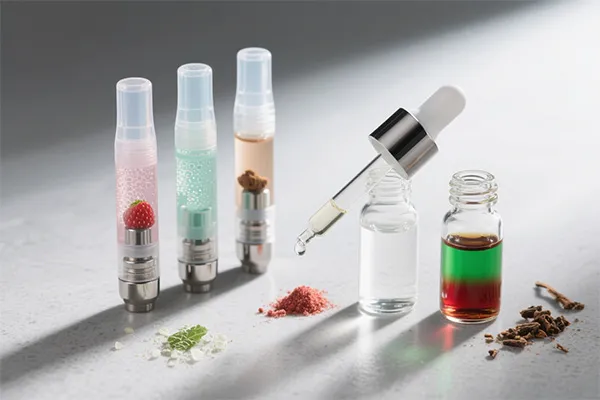
2.2 How Nicotine Salt Strength Affects Vaping Experience
The concentration of nicotine salts (measured in mg/mL) directly impacts how satisfying and smooth your vape is:
Low Strength (10-20mg/mL): Ideal for casual vapers or those who only vape occasionally. The throat hit is very mild, and the nicotine rush is subtle—great for vapers who want flavor over strong nicotine.
Medium Strength (20-35mg/mL): The sweet spot for most ex-smokers who smoked 10-20 cigarettes a day. It provides a smooth throat hit and a fast nicotine rush that satisfies cravings without being overwhelming.
High Strength (35-50mg/mL): Designed for heavy ex-smokers (20+ cigarettes a day) or vapers who need quick, strong satisfaction. The throat hit is still smooth (thanks to the low pH), but the nicotine rush is intense—perfect for curbing strong cravings.
2.3 Why Nicotine Salts Change How Flavors Taste
Nicotine salts don’t just affect satisfaction—they also influence how you perceive flavor. Because they have a smoother throat hit, they don’t "mask" the e-liquid flavor like freebase nicotine (which can have a harsh taste that overpowers subtle flavors). For example:
A delicate fruit flavor paired with nicotine salts will taste brighter and more authentic, since there’s no harsh throat hit to distract from the taste.
A rich dessert flavor with nicotine salts will feel creamier, as the smooth nicotine allows you to focus on the sweet, indulgent notes.
Part 3: The Synergy Between E-Liquid Flavors and Nicotine Salts
The best vaping experiences happen when e-liquid flavors and nicotine salts work in harmony. Here’s how they complement each other:
Smoother Flavor Delivery: Nicotine salts’ mild throat hit lets the e-liquid flavor shine. For example, a light mint flavor with low-strength nicotine salts feels "clean" and refreshing, without the harshness that would make you cough.
Balanced Satisfaction: Bold flavors (like strong menthol) pair well with medium-strength nicotine salts— the flavor provides a sensory boost, while the nicotine delivers quick satisfaction.
Reduced "Flavor Fatigue": When nicotine salts satisfy cravings faster, you don’t need to vape as much to feel content. This means you’ll enjoy your favorite flavor longer without getting tired of it (a common issue with freebase nicotine, where you might over-vape to chase satisfaction).
E-cigarette flavors are more than just "taste"—they’re a combination of carefully crafted e-liquid flavors and science-backed nicotine salts. Whether you prefer a sweet fruit blend, a cool menthol, or a classic tobacco, understanding how these components work will help you find your perfect vape. Remember: the best experience is one that balances great flavor with smooth, satisfying nicotine—so don’t be afraid to experiment!
FAQ (Frequently Asked Questions)
Are natural e-liquid flavors safer than artificial ones?
Both are regulated by bodies like the FDA (U.S.) and EFSA (EU) for use in e-liquids. Safety depends on quality—low-quality artificial flavors may contain harmful additives, but reputable vape brands use food-grade ingredients. Natural flavors aren’t inherently "safer," but they may appeal to vapers who prefer plant-based products.
Can nicotine salts cause a harsher throat hit than freebase nicotine?
No—nicotine salts have a lower pH, so they’re always smoother than freebase nicotine at the same concentration. A harsh throat hit from nicotine salts usually means the concentration is too high for your preference (e.g., a 50mg/mL salt may feel harsh if you’re used to 20mg/mL).
Why do some e-cigarette flavors taste different over time?
This is called "flavor degradation." It can happen if e-liquid is exposed to light, heat, or air (oxidation). To keep flavors fresh, store e-liquid in a cool, dark place and seal the bottle tightly after use.
Is there a "best" nicotine salt strength for beginners?
If you’re new to vaping (or switching from cigarettes), start with 20-30mg/mL. This provides enough nicotine to satisfy cravings without a harsh throat hit. You can adjust up or down based on how you feel—if you crave more nicotine, try a higher strength; if it feels too strong, go lower.


